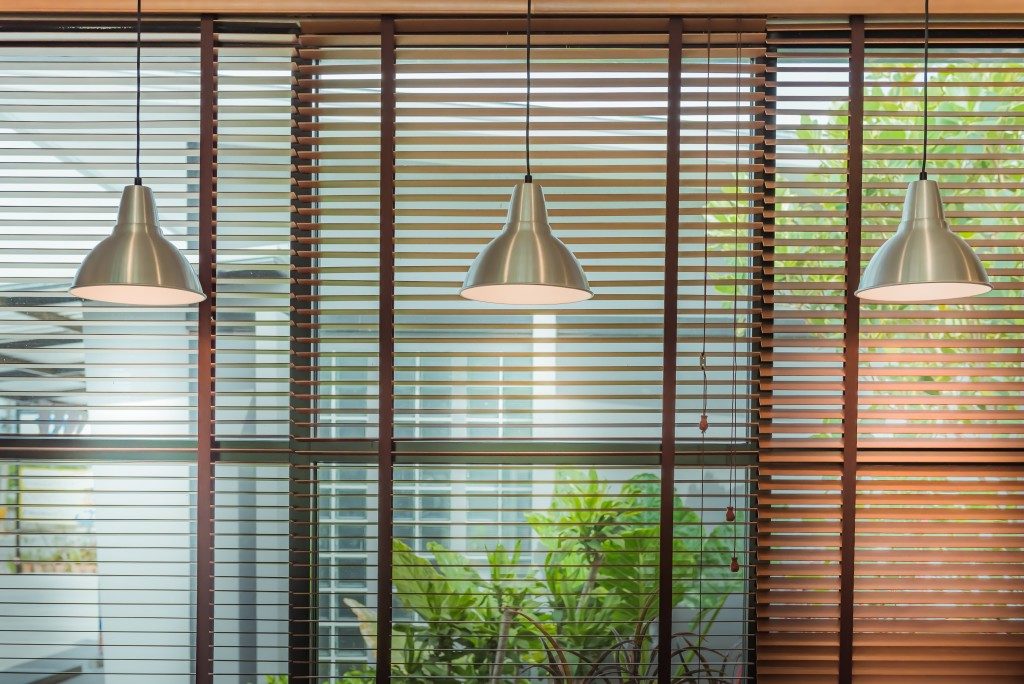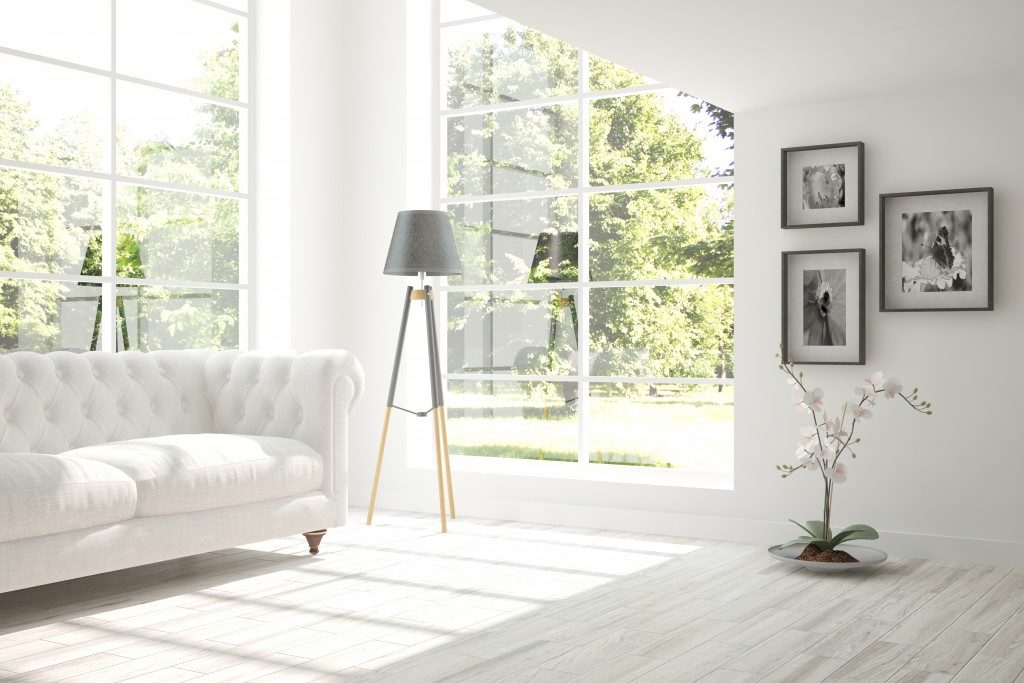Windows come in a vast array of shapes, styles, and glass. Whether you’re renovating your home, updating just your windows, or building your dream house, take note that not all windows are made equal.
Choosing your windows randomly may not only cost you your home’s overall aesthetic and curb appeal, but it can also literally cost you more over the years due to low durability or complicated cleaning. Seeking advice from industry professionals like Renova Exterior Detailing can give you a background on the ideal windows and window materials for residential buildings.
Matching the Right Window Style to a Home
The rule of thumb when choosing window styles is to make sure it matches your home (or building’s) architectural style. Consider the color scheme and overall aesthetics of your home, as well. Doing so creates a more cohesive and visually appealing look.
Here in the US, you’ll commonly see double-hung types of windows. Comprising two sashes that move up and down and cover at least half of the window opening, double-hung windows are often used in traditional house styles. Another popular window style is the slider, which features horizontally sliding sashes. Unlike its close cousin, the double-hung window though, sliders are a better fit for contemporary house architecture.
Other window styles and its matching house styles include:
- Casement windows (ideal for contemporary and prairie-style houses)
- Awning or hopper windows (matches either traditional or modern homes)
- Tilt-turn windows (common in Europe and European-style homes)
- Fixed windows (used for inaccessible areas or modern and contemporary houses)
- Crank-operated windows (popular among traditional tropical-style homes)
Looking Through the Glass
Aside from the many different window styles available, you can also choose from several kinds of glass. The kind of glass you use for your windows partly determines the lifespan of your windows and the ease of cleaning. Three of the commonly used types of glass are:
- Annealed glass – most homes in the US have this type of glass. It is typically flat and easy to clean with water, dish soap, a squeegee, and a microfiber towel. While professional cleaners may use a razor blade to scrape away hardened dirt, it’s not advisable for homeowners to do so.
- Tempered glass – often referred to as safety glass, this type of glass is up to five times stronger than annealed ones. Tempered glass, although more durable, is highly susceptible to scratches, making its surface hard to clean.
- Low-E glass – windows made using this type of glass can be quite expensive. Low-E glass is treated with a coating that reduces the harmful effects of ultraviolet rays from the sun. Cleaning Low-E glass should be done using an ammonia-free cleaner and a microfiber towel.
Keeping Up with the Trends

This 2019, the mantra concerning windows seem to be “the bigger, the better.” Large window units providing expansive views, fixed or inoperable windows, and corner windows are just three of the prevailing window trends, so far.
Black or dark window frames are still trendy, too. They complement the modern or contemporary home styles well, which works with the home décor and architecture trend for 2019. The overall trending home aesthetics this year lean towards the modern style and rectangular shapes, which matches well with large and expansive windows.

